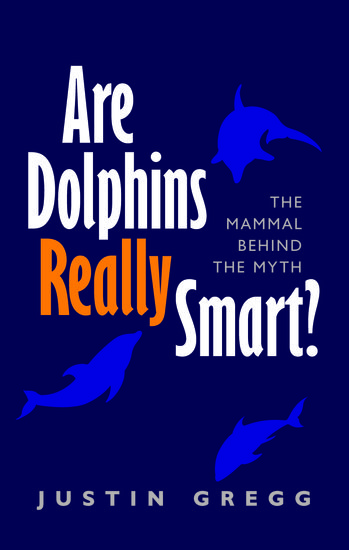An ice cream quiz
By Audrey Ingerson and Stephanie Rothaug
We’ve all heard of the classics: vanilla, chocolate, rocky road, mint chocolate chip. But what about the crazier end of the spectrum? Flavors like cherry blossom, chocolate marshmallow, chorizo caramel, sea salt, chai tea, or cinnamon toast.








